As the world rapidly changes, many traditions and comforts are evolving or fading, leaving Americans with the bittersweet prospect of losing some beloved aspects of daily life. From cherished local businesses to environmental elements, these shifts are driven by technological advances, climate change, and shifting societal values.
These transformations are inevitable, and they echo broader changes happening globally. Today, let’s explore ten things that Americans might not be able to enjoy much longer, providing a snapshot of a culture in transition. These items, each holding unique significance, represent more than just experiences—they are the tangible threads of American life.
1. Local Bookstores
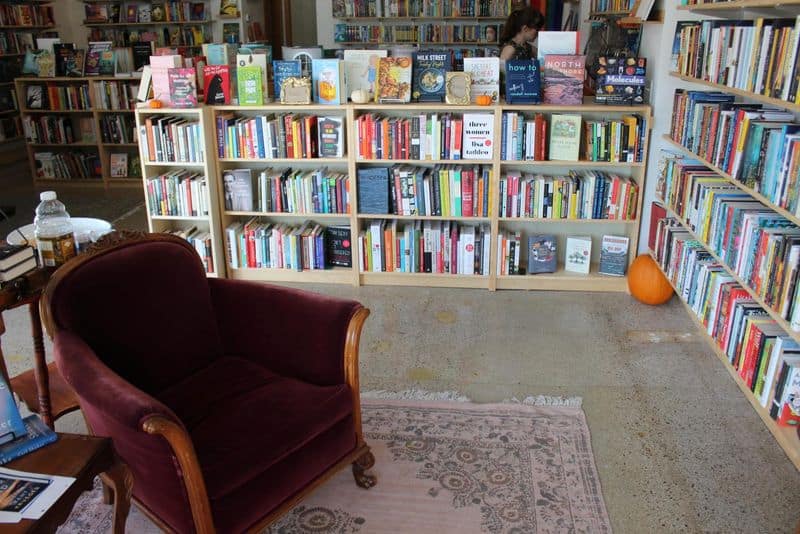
Local bookstores, once thriving, now face mounting pressure from online retail giants. With the convenience of e-books and online shopping, many independently owned stores struggle to stay open. These shops are more than just places to buy books; they serve as community hubs where locals gather for readings and discussions. Unfortunately, the trend leans towards fewer of these establishments, leading to cultural voids in neighborhoods. Support remains crucial, as visiting these stores encourages community engagement. By choosing local over online, individuals help maintain these cultural treasures and keep the love for physical books alive.
2. Coal-Fired Power Plants
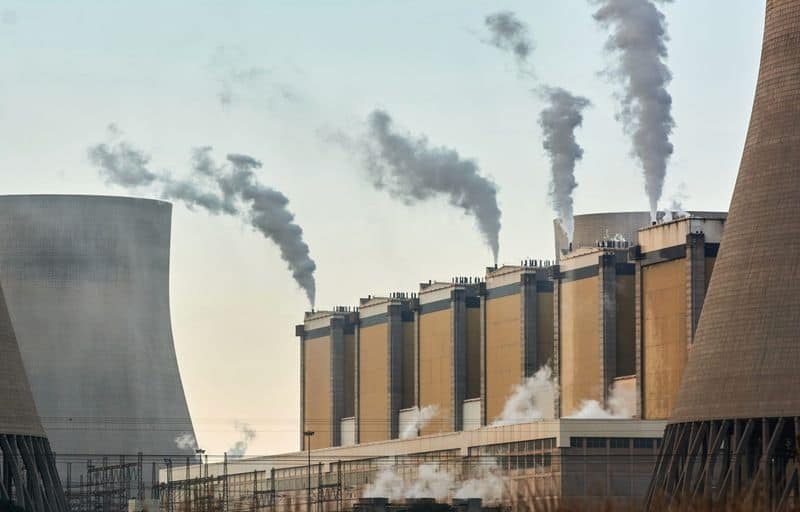
Coal-fired power plants, once the backbone of American energy, are rapidly declining. Environmental concerns and the rise of renewable energy sources, like wind and solar, push these plants to the brink. Regulations aim to reduce carbon emissions, causing many plants to shut down or transition. This shift is vital for a cleaner environment but impacts communities reliant on coal for jobs. While the transition offers renewable energy benefits, it requires support for displaced workers. The future lies in cleaner alternatives, ensuring sustainable energy and environmental health for coming generations, while addressing economic impacts on coal-dependent regions.
3. Traditional Shopping Malls
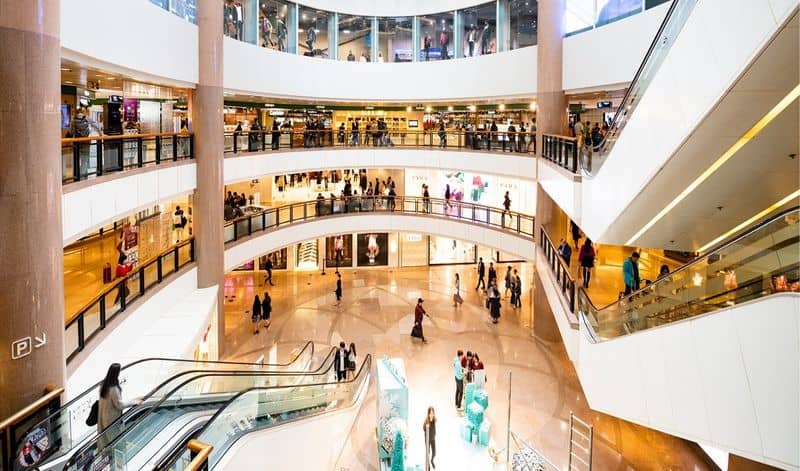
Traditional shopping malls once thrived as social and retail hubs but face uncertain futures. E-commerce’s rise and changing consumer habits lead to declining foot traffic and store closures. These malls, once filled with vibrant activity, now struggle to adapt. Some reinvent as mixed-use spaces, integrating entertainment and residential opportunities. The nostalgia remains, but the commercial landscape shifts towards online. This evolution challenges communities to find new uses for these large spaces, potentially revitalizing them into community-centric venues. The loss of traditional malls signifies a broader change in how Americans engage with shopping and entertainment.
4. Cable Television
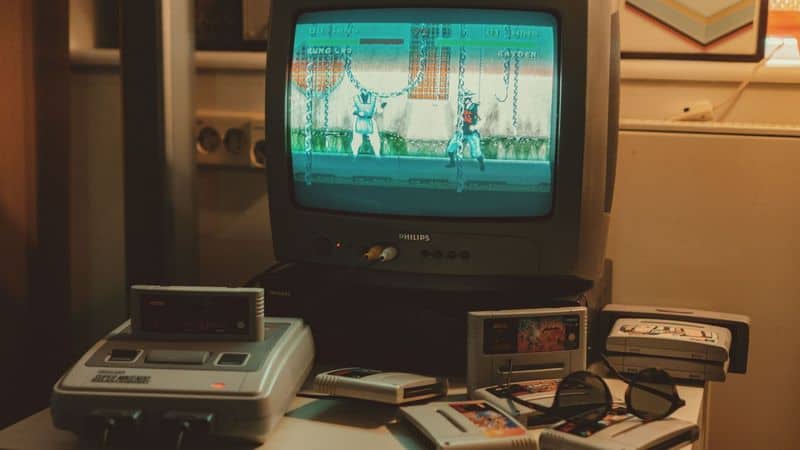
Cable television, once the mainstay of entertainment, faces decline in the era of streaming. Services like Netflix and Hulu offer on-demand content, drawing viewers away from traditional broadcasts. Cable’s rigid schedules and high costs push consumers towards flexible, cheaper alternatives. While cable still provides live events, its audience dwindles. The rapid shift to digital reflects a change in viewing habits, where convenience and variety reign. For those clinging to tradition, cable offers nostalgia, but its future remains uncertain. The shift marks a significant transformation in media consumption, advocating for adaptability in the entertainment industry.
5. Drive-In Theaters
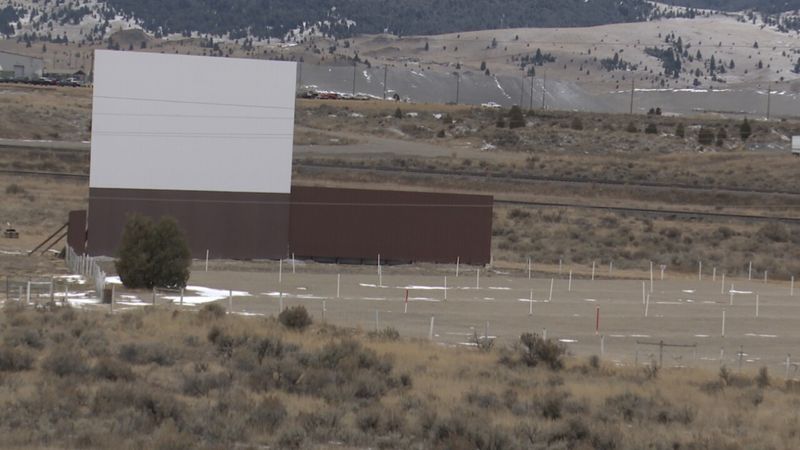
Drive-in theaters, once iconic symbols of American leisure, face modern challenges. The rise of indoor multiplexes and streaming services diminish their appeal. However, the unique experience—watching films under the stars—remains cherished by many. While few exist today, those that do offer nostalgia and community bonding. Efforts to preserve them are met with enthusiasm, highlighting a desire to retain this cultural pastime. As real estate pressures and technological changes persist, drive-ins adapt, hosting events beyond movies. Their survival depends on innovation and community support, embodying a piece of Americana that refuses to fade completely.
6. Printed Newspapers

Printed newspapers, once daily staples, face significant decline as digital media dominates. The convenience of online news and real-time updates attracts readers, leaving print struggling. While online platforms offer immediacy and accessibility, they lack the tactile experience of turning printed pages. Many newspapers now focus digitally, redirecting resources to online content. This transition challenges traditionalists who value print’s depth and leisurely reading. As advertising revenue shifts online, printed editions dwindle, marking a pivotal change in journalism’s landscape. Supporting local newspapers, whether print or digital, remains essential for preserving journalistic integrity and diversity.
7. Manual Transmission Cars

Manual transmission cars, once the norm, are becoming rare as automatic vehicles dominate. Known for providing driving enthusiasts with greater control, manuals face declining production. Advances in automatic technology, offering convenience and fuel efficiency, accelerate this shift. Younger generations are less likely to learn stick-shift driving, further reducing demand. While purists advocate for the driving pleasure manuals offer, the future seems aligned with automation. Car manufacturers pivot to electric and self-driving technologies, leaving manual transmissions behind. For those who cherish the engagement of driving, manuals represent a dwindling tradition in favor of modern convenience.
8. Cash Transactions

Cash transactions, once routine, face a digital transformation. Credit cards and mobile payments offer ease and speed, minimizing the need for paper money. As contactless payments rise, cash becomes less common in daily transactions. This shift impacts small businesses and individuals who rely on cash. While digital payments offer convenience, they raise concerns about privacy and accessibility. For those valuing tangibility and anonymity, cash holds significance. However, the trend points towards a cashless society, requiring adaptation. Balancing technological advancement with inclusivity remains crucial as America navigates away from cash-centric transactions.
9. Public Payphones

Public payphones, once ubiquitous, are disappearing fast. With mobile phones in nearly every pocket, the need for payphones has plummeted. They served as lifelines for communication, especially in emergencies. Now, they are relics of a bygone era, with few remaining. Efforts to preserve them as historical landmarks exist, yet practicality dictates their decline. In cities, some transform into Wi-Fi hotspots or art installations, attempting reinvention. Despite their decline, payphones symbolize a simpler time in communication history, evoking nostalgia for older generations. Their fading presence marks the unstoppable march of technological progress.
10. Landline Telephones

Landline telephones, once essential household items, are swiftly becoming obsolete. Mobile phones offer portability and multifunctionality, eclipsing landlines. As technology advances, fewer people install or maintain traditional phones. Landlines, however, provide reliable service during power outages, a feature mobile phones lack. For some, landlines evoke nostalgia, connecting them to the past. The shift away from landlines reflects broader technological changes and preferences for mobile connectivity. While they may linger in some areas, landlines face an inevitable decline. Their gradual disappearance underscores a shift towards more integrated, mobile-based communication solutions.

Well, hello there!
My name is Jennifer. Besides being an orthodontist, I am a mother to 3 playful boys. In this motherhood journey, I can say I will never know everything. That’s why I always strive to read a lot, and that’s why I started writing about all the smithereens I came across so that you can have everything in one place! Enjoy and stay positive; you’ve got this!

